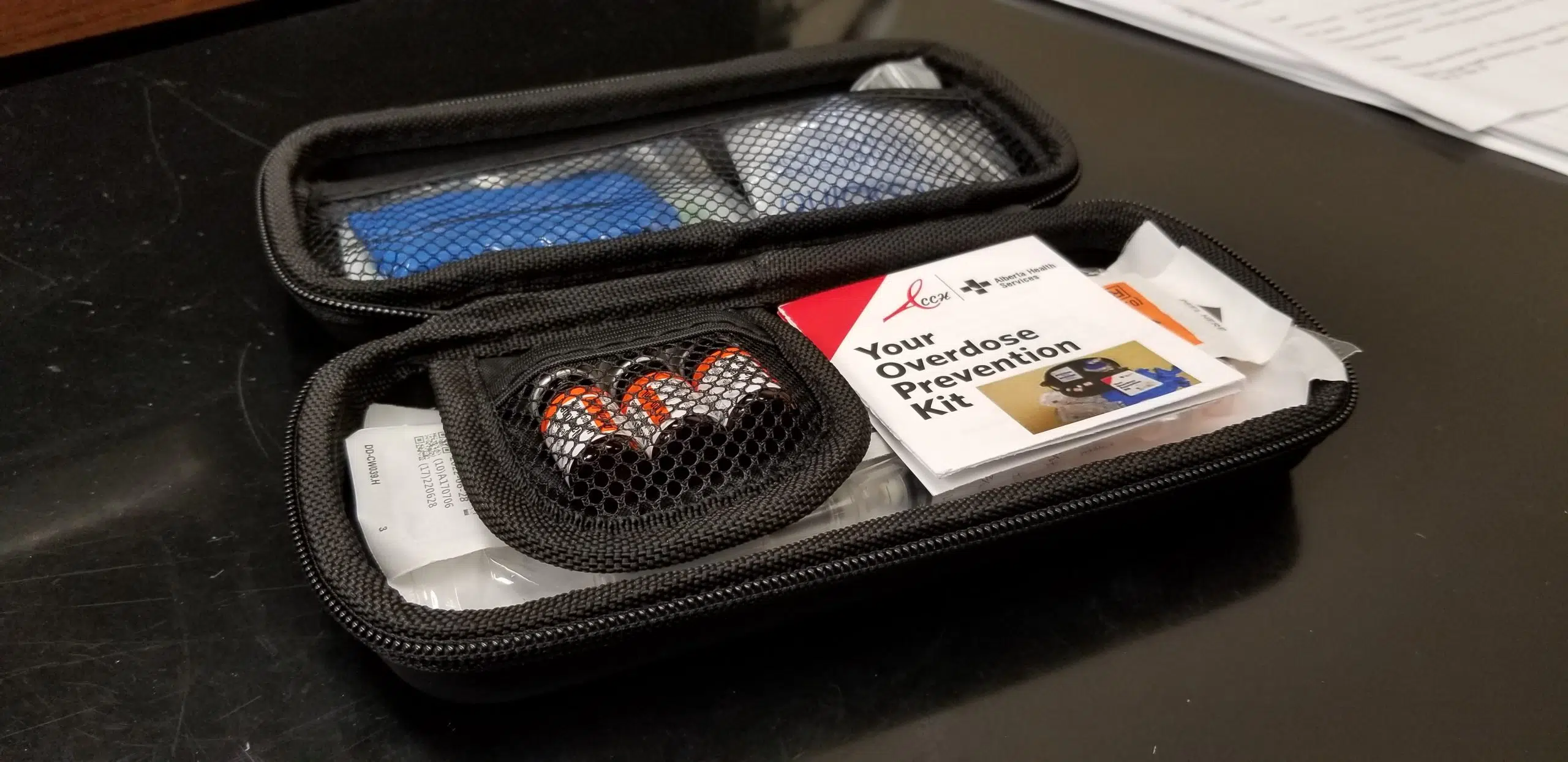
College staff, faculty now trained in administering Naloxone
MEDICINE HAT, AB — In an effort to combat the fentanyl crisis, Naloxone kits have become common place.
Many pharmacies have made the kits easy to access and more workplaces are training their staff on how to use them.
“The risk is out there so I think it’s good for everybody to have a kit and to be aware of how to use it and when to use it,” said pharmacist Melissa Hozack.
